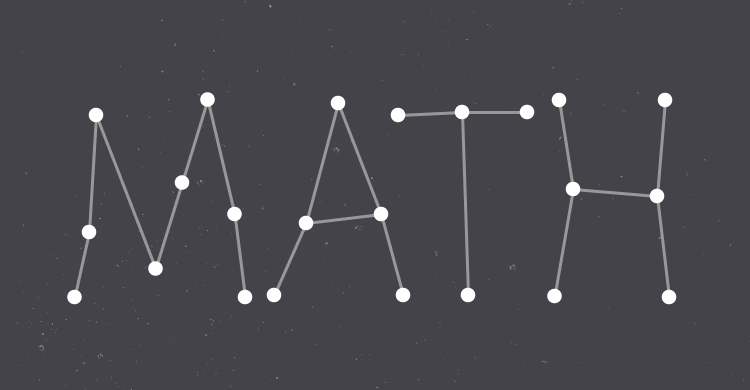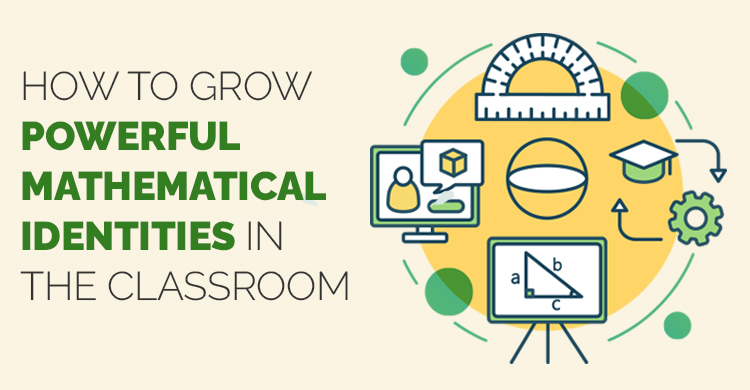There comes a magic moment in a child’s life when he or she complete a dot-to-dot and finds that the lines drawn between consecutive numbers make a recognizable picture. Amazing! Along the way, as successive connections are made, the child reflects on the picture and makes inferences about the final product. What will the drawing reveal?
Teachers and students learn deeply when mathematics connections are made and can similarly be awed by the results. But, what are mathematics connections? After working with many mathematics collaborative teams and discussing mathematics connections, I have come to the realization that there are many types of connections to be made. A few are shown below.
| Type of Connection | Example |
| Connections between topics in a grade level or course | In kindergarten, to describe the attributes of a hexagon, students use previously learned counting skills to count the number of sides. |
| Connections made vertically in topics one year to the next. | Students solve proportions using an understanding of equivalent fractions learned in grades 3 – 6. |
| Connections between strategies and how they compliment one another. | Students multiply numbers using repeated addition, groups, arrays, and properties. |
| Connections between representations. | Students solve a system of equations by graphing, substitution, elimination, or using a table. |
| Connections to the “real world” | Students determine how much they should sell school T-shirts for in order to make at least $400.00 as a fundraiser. |
| Connections to student interests | Teachers identify student interests and design tasks around them (e.g., hockey, baseball). |
| Connections to other courses/subjects | Students connect scientific notation to planetary distance (science) or connect a justification to writing (ELA). |
At different times your collaborative team might mean any one of these when using the phrase “mathematics connections”. Working to have students discover and make sense of the connections in their mathematics learning provides an opportunity for students to reflect on their learning and then apply the “picture” drawn so far to new knowledge and skills. It allows students to view math, not as a discrete set of chapters or topics to study, but a connected web rich with opportunities to explore.
So, what is the teacher role in working with students to make connections?
As a collaborative team, when planning each unit, think about the connections students need to make in the unit and determine how to help students discover and explore those connections. This builds conceptual understanding and allows students to apply learned structure and repeated reasoning to new concepts as described in the standards for mathematical practice 7 and 8.
Below are some questions to consider using with students to have them explore connections in partners or in groups:
How is _____ like ______? How are they different?
- What did you learn last year you could try here?
- What do you think this task is asking you to do?
- How are the two strategies for adding alike? Different? Which one do you prefer? Why?
- When might you want to use a table and when might you want to use a graph to make sense of and/or solve a task?
- What are different real life situations you could share that would require a proportion to solve a problem?
- When have you seen scientific notation in science?
When your collaborative team designs a test, consider items which connect concepts learned within the unit to those previously learned. How do you determine the best tasks to use to build and create connections?
As you work to identify connections, consider the following questions to use in your collaborative team meeting once a learning goal is identified. What have students learned in previous years’ that will help them understand?
- What are the prerequisite skills needed? What have they learned this year that will help them?
- What will they learn in a future unit or next year that will help them? [You may need to reference standards for this outside your grade level/course]
- What strategies have they learned previously they could apply to this concept (consider posing a question and seeing which strategies students try – see if they can explain how this concept has a nuance not yet addressed in their previous experiences)?
- What real world connection can be made to the learning goal? Is it authentic?
- Have they seen anything like this in another course/subject?
Learning of mathematics can be similar to working through a dot-to-dot when connections are made between concepts, strategies, and grade levels. What if students approached their learning of mathematics with the same wonder, perseverance, and amazement? Let’s help them see the beauty as they create their understanding of mathematics through varied connections.
[author_bio id=”354″]






